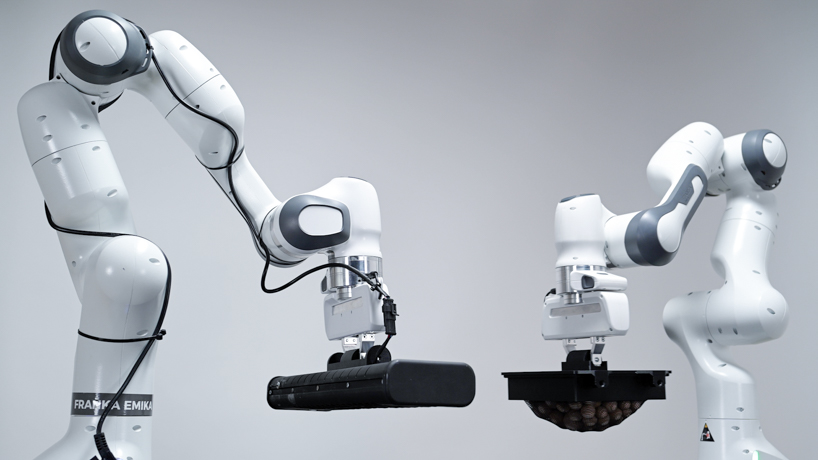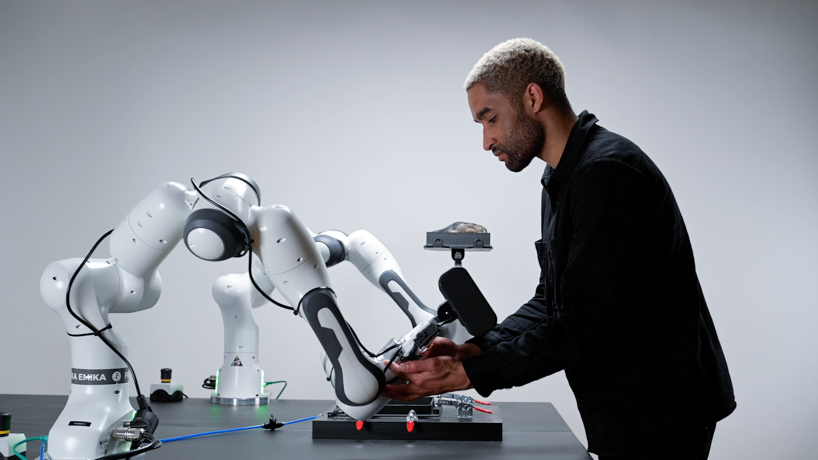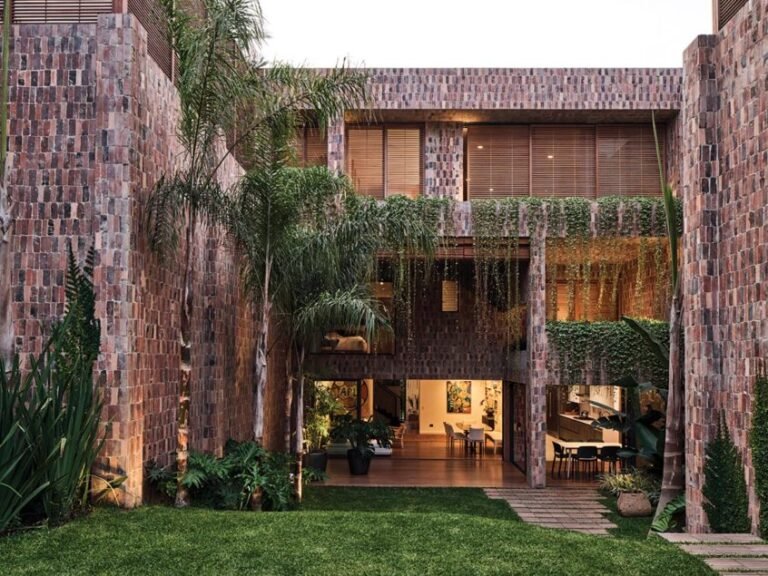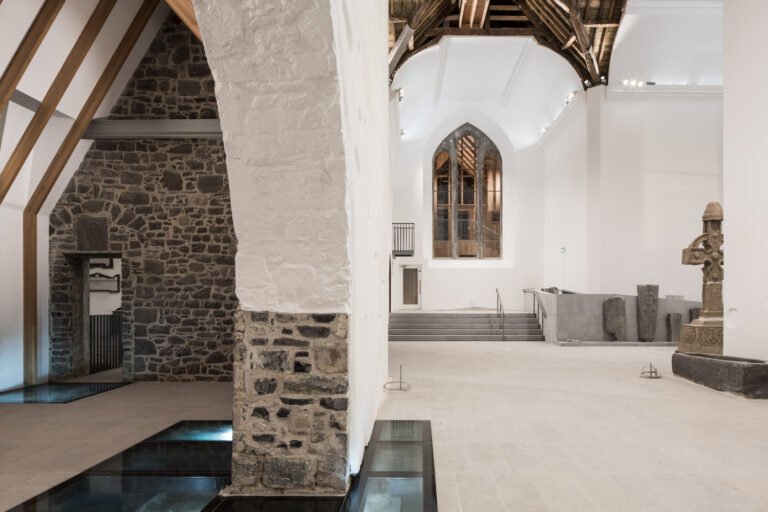nFrontier develops human-robot manufacturing process for sound-absorbing panels
‘sound structures’ by nfrontier: a novel workflow
Berlin-based nFrontier has developed ‘Sound Structures’, a collaborative manufacturing process between humans and robots for sound-absorbing panels using Formvlies and Franka Emika tactile Panda robots. Starting from research on sound-absorbing structures, the exciting new case study leverages material research, process innovation, and HRC to create a system of individual, unique structural felt panels manufactured from one single thermoforming mold.
‘We started the project to develop a novel workflow, where tactile robots and humans perform a set of tasks in a truly collaborative manner, coming together in real teamwork, rather than working next to each other in a manufacturing environment,’ says nFrontier CEO Daniel Büning.
the prototyping process
To achieve sound reduction, the team at nFrontier adopted two foundational strategies. The first one is dissipating sound energy with sound path elongation by increasing the area and typology of the reflecting surface. The second follows the principle of mechanical dampening, where sound energy is transformed into kinetic energy by moving fibers in a fabric. ‘The challenge at hand was to develop a manufacturing process for panels with different surface topologies and a soft surface texture,’ explains the studio.

‘Sound Structures’ by nFrontier: forming tools held by the robotic arms
Prototyping for the nFrontier ‘Sound Structures’ began with thermoforming wire patterns, origami textures, and movable objects over PET sheets as a fast way to achieve and to test different topologies and surfaces. The next iterations were done using Formvlies, a moldable, thermoplastic bi-component felt, with soft surfaces that provide an appropriate mix of deformability and structural capabilities for optimized sound-absorbing properties.
In a newly developed process similar to vacuum forming, the felt is clamped down, heated, and then shaped between an inflatable membrane from the bottom and a special case inserted from above. The case contains movable spheres of different sizes modified each time to ensure that every panel has a unique yet recognizable geometry.

activating the heating process through tactile feedback
‘We were particularly interested in the tension created between the randomized shuffling of the spheres – mimicking human hand movement – and the strictly repetitive pre-programmed actions of the tactile robots,’ Büning notes.
The molding process involves two robots performing respective tasks in parallel with a human operator whereby new material is inserted and mold panels are removed manually. After activation through tactile feedback, the first robot ensures that the felt is heated evenly at a precise, required temperature. Then, a second robot is programmed to move the mold, repositioning the spheres within to ensure a different layout each time before placing them precisely into the molding device. 
activating the randomization process through tactile feedback
‘The final product is a system of unique, 3D-shaped panels with a felt texture that can be arranged in various patterns. Each panel topology is defined by the layout of the mold’s spheres at a particular moment and designed to increase its surface area. Combined with the properties of soft surfaces and the qualities of Formvlies, this is the key to achieving the desired sound absorbing properties necessary to reducing the surrounding noise level,’ writes nFrontier.



